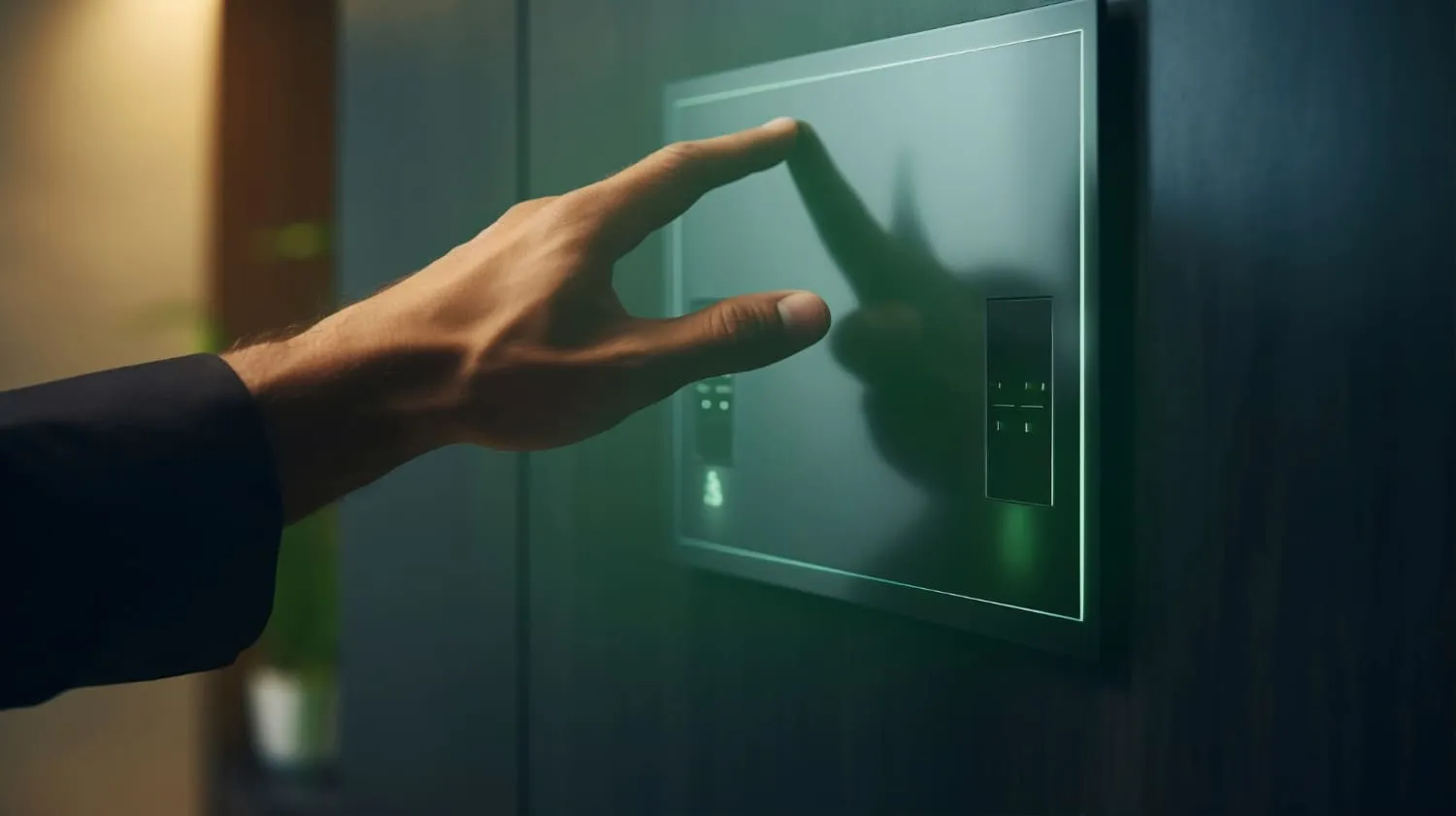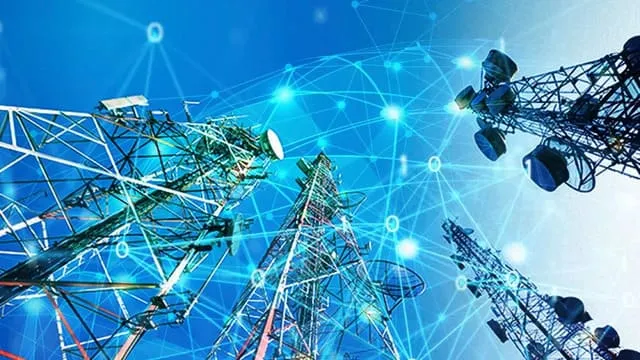Customer Data Security in Call Centers: Best Practices for Compliance
Call centers handle a wealth of sensitive customer information daily, making data security a top priority.
Sept. 25, 2023, 3 min read,

Acronyms like DSL and VDSL often leading to confusion about their meanings and capabilities. Are they the same thing? Or do they represent distinct technologies? In this article, we'll unravel the mysteries of VDSL (Very High Bit Rate Digital Subscriber Line) and DSL (Digital Subscriber Line) to help you understand their differences.
DSL, which stands for Digital Subscriber Line, is a technology that uses existing telephone lines to provide internet access. It operates by utilizing different frequencies on the telephone line to separate voice communication from data transmission. Here are some key characteristics of DSL:
1. Speed: DSL typically offers speeds that are faster than traditional dial-up connections but slower than newer broadband technologies like cable or fiber optics.
2. Distance Limitations: DSL performance degrades as you move farther away from the telephone exchange or DSLAM (Digital Subscriber Line Access Multiplexer), making it less suitable for rural or remote areas.
3. Variants: There are different variations of DSL, including Asymmetric DSL (ADSL) and Symmetric DSL (SDSL), each designed for specific use cases. ADSL is commonly used for residential internet access.
VDSL, or Very High Bit Rate Digital Subscriber Line, is an advanced and faster version of DSL. It shares some similarities with DSL but offers distinct advantages:
1. Speed: VDSL provides significantly faster internet speeds compared to traditional DSL. It is particularly well-suited for high-bandwidth applications like streaming video and online gaming.
2. Shorter Distance: VDSL operates over shorter distances from the DSLAM, making it more suitable for urban and densely populated areas where the telephone infrastructure is robust.
3. Symmetrical and Asymmetrical: VDSL comes in two flavors: VDSL and VDSL2. VDSL offers symmetrical upload and download speeds, while VDSL2 provides faster download speeds but asymmetrical upload speeds.
1. Speed: The most significant difference between VDSL and DSL is speed. VDSL offers much higher bandwidth, making it ideal for data-intensive tasks.
2. Distance: DSL performance degrades rapidly over distance, while VDSL operates effectively over shorter distances, making it better suited for urban areas.
3. Applications: DSL is often used for basic internet access, while VDSL is chosen for applications that require higher speeds, such as streaming and online gaming.
4. Infrastructure: VDSL often requires infrastructure upgrades to support its higher speeds, whereas DSL can use existing telephone lines.
In summary, VDSL and DSL are related but distinct technologies. While both use telephone lines for internet access, VDSL offers significantly higher speeds and is better suited for urban areas with shorter distances to the DSLAM. If you require faster internet speeds and live in an area with VDSL infrastructure, it may be the better choice for your needs. However, if you're in a more remote location, traditional DSL may be your only viable option. Understanding the differences between these technologies will help you make an informed decision about your internet connection.
Call centers handle a wealth of sensitive customer information daily, making data security a top priority.

With the rise of Artificial Intelligence (AI), companies are finding innovative ways to revolutionize their customer feedback services

Embracing Technology for Enhanced Patient Care

Deliver exceptional customer service and improve agent efficiency with our Call Center Solution, available on-premise or in the cloud

Customer service is not just about solving problems and answering questions; it's also about understanding human psychology and emotions. Call centers are at the forefront of this intricate interaction, where every conversation can impact customer satisfaction. In this article, we delve into the psychology of customer service and how call centers can harness it to leave customers delighted.

In this article, we'll explore the key strategies that can transform your training program and empower call center agents to excel in their roles.

Branch connectivity is a crucial aspect of modern business operations...

In this article, we'll explore the pros and cons of each approach to help businesses make an informed choice.

Get know about The Internet of Things (IoT): Connecting the Smart World

In this article, we will delve into the crucial role of DNS in the internet, its function, and its significance in simplifying our online experience.

IPv4 vs. IPv6: Navigating the Transition to the New Internet Protocol

Voice over Internet Protocol (VoIP). what you should know about it.

Do you need to install a server in your place or do you need outsourcing?

Technical services for installing and setting up servers and supporting servers such as HP and Dell at your' place

video surveillance setups, CCTV gear with setup and installtion services.

In today's globalized business landscape, powerful communication and customer service are vital for achievement.

One question many business owners often wonder is whether they need a call center solution.

It's crucial to understand the essential software and equipment required to set up a call center. In this article, we'll walk you through the key components you need to establish a functional call center.

Structured cabling refers to the standardized, organized, and comprehensive cabling system that serves as the foundation for all communication networks within a building or campus....

In today's world, fast internet is important. There are two common ways to get it: Fiber-to-the-Home (FTTH) and Digital Subscriber Line (DSL).

In this article, we'll dive into the world of call center performance measurement and explore the critical metrics that drive success.

"This has been by far the worst airline call center experience I've ever had"

Explore the latest advancements in access control technology, from IoT integration and touchless entry to biometric authentication and AI-driven automation, ensuring robust and efficient security solutions for modern workplaces.

In a fast-paced digital world, where communication and technology are vital, ArcNet stands as your reliable partner for all your IT and Telecom needs.

Discover how custom IT applications are reshaping the landscape of education, fostering innovation, accessibility, and collaboration.

Enhance your business communication with ArcNet’s cutting-edge Call Center Solutions in Dubai, UAE. From advanced software to customized projects, we empower businesses with scalable, efficient, and cost-effective call center services tailored for success.
